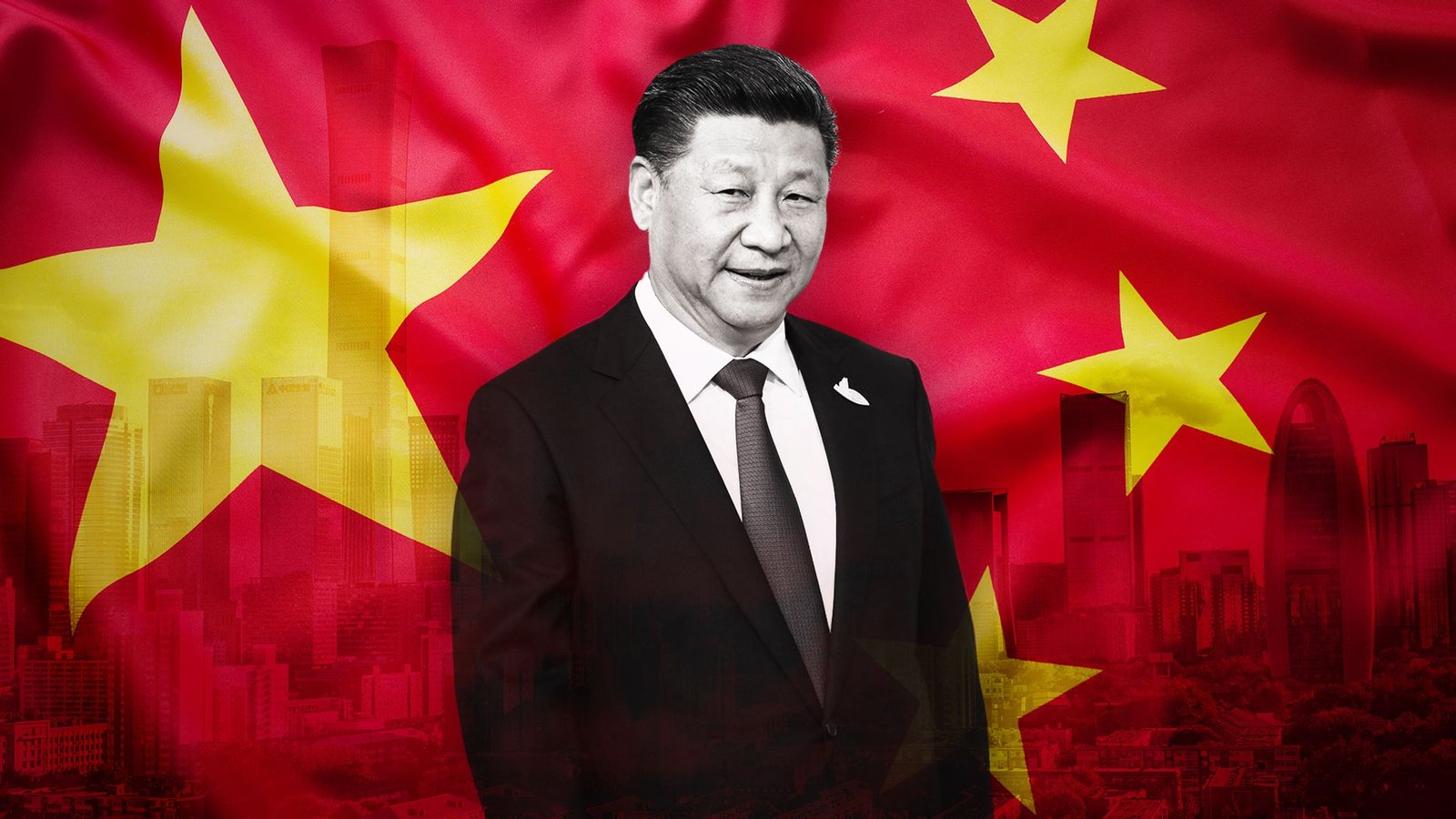China has been leading the international trade war for a very long time. While its exports and rapid industrial growth have propelled its economy to new heights, underlying issues threaten to destabilize its economic trajectory. As China contemplates its next steps, the possibility of further competition in the existing trade war with major global powers looms large. It raises questions about the sustainability of its economic model.

1. The Paradox of Prosperity
China’s economic boom has led to a paradoxical situation. Its goods are both abundant and affordable, fueling global demand for Chinese exports and giving it that extra edge in the global trade war. However, this success masks deeper structural issues within China’s economy, including hidden costs and distortions resulting from government subsidies and intervention.
2. The Subsidy Conundrum
Behind China’s competitive pricing lies a complex web of subsidies, ranging from direct financial incentives to indirect policy measures. These measures artificially lower the cost of production. These subsidies, while boosting China’s export competitiveness, come at a hidden cost borne by Chinese workers in the form of suppressed wages and diminished domestic consumption.
3. The Imperative of Economic Restructuring
The Chinese high command needs to address its economic vulnerabilities and transition to a more sustainable growth model. China faces a critical choice between restructuring its economy towards domestic consumption or perpetuating its export-driven growth through external markets. The former path requires significant reforms and a shift away from the current model of heavy state intervention. It also means that China might not remain the leader of the global trade war.
4. Export-Led Growth and Global Trade Dynamics
China’s reliance on exports poses challenges not only for its domestic economy but also for global trade dynamics. Major economies like the United States and Europe become increasingly wary of subsidized competition. The surge in Chinese exports, especially in industries like electric vehicles (EVs), risks sparking a new trade war and rising tensions.
5. Road Ahead for Trade War Leader
As China navigates these economic challenges, it must carefully balance its domestic priorities with international concerns. The tension between sustaining economic growth and addressing structural imbalances requires a nuanced approach that considers both short-term stability and long-term sustainability.
Read More:- World’s First Pig to Human Kidney Transplant Successfully Completed in the US
Conclusion
China stands at a critical crossroad, facing the complex task of reconciling its economic ambitions with global realities. While its export-driven growth has propelled it to lead the international trade war, underlying issues threaten to undermine its long-term stability. By confronting these challenges head-on and pursuing strategic reforms, China can chart a path towards sustainable and inclusive growth while averting the specter of a damaging trade war on the global stage.
Do you like Anime? Visit Pop Media Pulse
